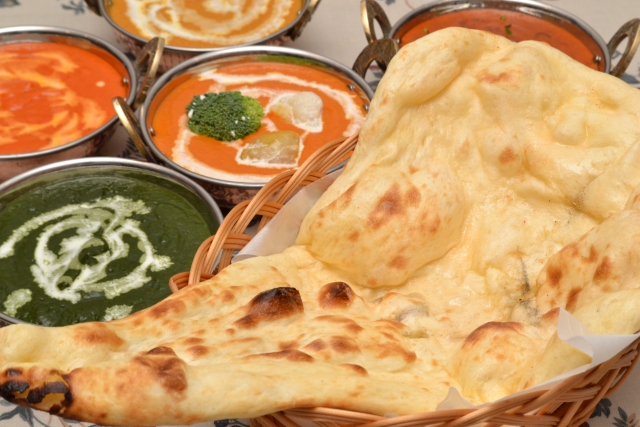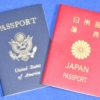The simple reason why managing an Indian curry restaurant or any restaurant isn’t recommended with a ‘Management’ visa

Many of my clients come from countries surrounding India, such as India, Pakistan, and Nepal, so I often receive inquiries from individuals from these countries saying, “I want to apply for a 'Management’ visa to run a curry restaurant."
However, fundamentally, I do not recommend managing a curry restaurant. The reason is quite simple: it’s not profitable.
The idea that “because you are Indian, you can easily do business by opening a curry restaurant" is clearly a simplistic notion, and conversely, the number of closures is quite significant.
Firstly, is there really a high demand for Indian curry in Japan?
Although curry is often referred to as Japan’s national dish, Japanese people mainly spend money on “home-made curry." Even if they dine out for curry, it’s probably only once a week or even less, right?
As evidence, the major curry chains consist mainly of Coco Ichibanya, with the rest being medium-sized or individually operated curry restaurants. Also, while curry is offered at set meal restaurants and beef bowl chains, it’s not the main dish but rather one of the menu items.
It might be hard for almost 100% of Indians, who eat curry regularly, to understand, but Japanese people have limited opportunities to eat curry outside, as they often have it at home.
In that sense, generating significant revenue from a curry restaurant is basically (though there are exceptions) unrealistic. In fact, most of my clients have monthly sales of less than 1 million yen, with many ranging from 500,000 to 700,000 yen, and annual sales of less than 10 million yen.
A simple calculation shows why you can’t run a restaurant with a “Management" visa
Since the “Management" visa is for business owners, you cannot perform tasks such as cooking or serving in a restaurant. The concept of an owner-chef does not exist in Japanese work visas. Therefore, chefs and waiters must be hired separately.
With that premise, let’s calculate the monthly revenue:
Sales: 1,000,000 yen
Expenses: Staff salaries: 2 chefs, 1 waiter x 200,000 yen = 600,000 yen Purchase: 200,000 yen (assuming a cost rate of 20%. If it’s 30%, then 300,000 yen) Rent: 150,000 yen Utilities: 50,000 yen Other expenses (communication costs, advertising expenses, consumables, etc.): 100,000 yen Total expenses: 1,100,000 yen
At this point, there is already a deficit of 100,000 yen. Moreover, you cannot pay yourself a salary.
How can foreigners make a profit from running a restaurant?
Despite this, there are foreigners who continue to run restaurants, so let’s consider the reasons for that. The most common scenario is when someone who was originally a cook obtains a “Management" visa and manages the restaurant with all employees being family members. In this case, it is common for the owner to continue working as a cook, which can be considered illegal activity.
Therefore, if you want to make a proper profit, a foreigner who was originally a cook can obtain permanent residency and, using that qualification, can run a restaurant, thus making a certain profit.
Also, for owners from countries like India, Pakistan, and Bangladesh, many restaurants do not serve alcohol for religious reasons. Unfortunately, restaurants that don’t serve alcohol struggle in Japan. While alcohol sales are significant, more importantly, families or groups who want to drink alcohol will not choose those restaurants.
Like Japanese-owned restaurants, it’s necessary to enhance lunch menus as well as dinner party menus and actively advertise to secure reservations.









